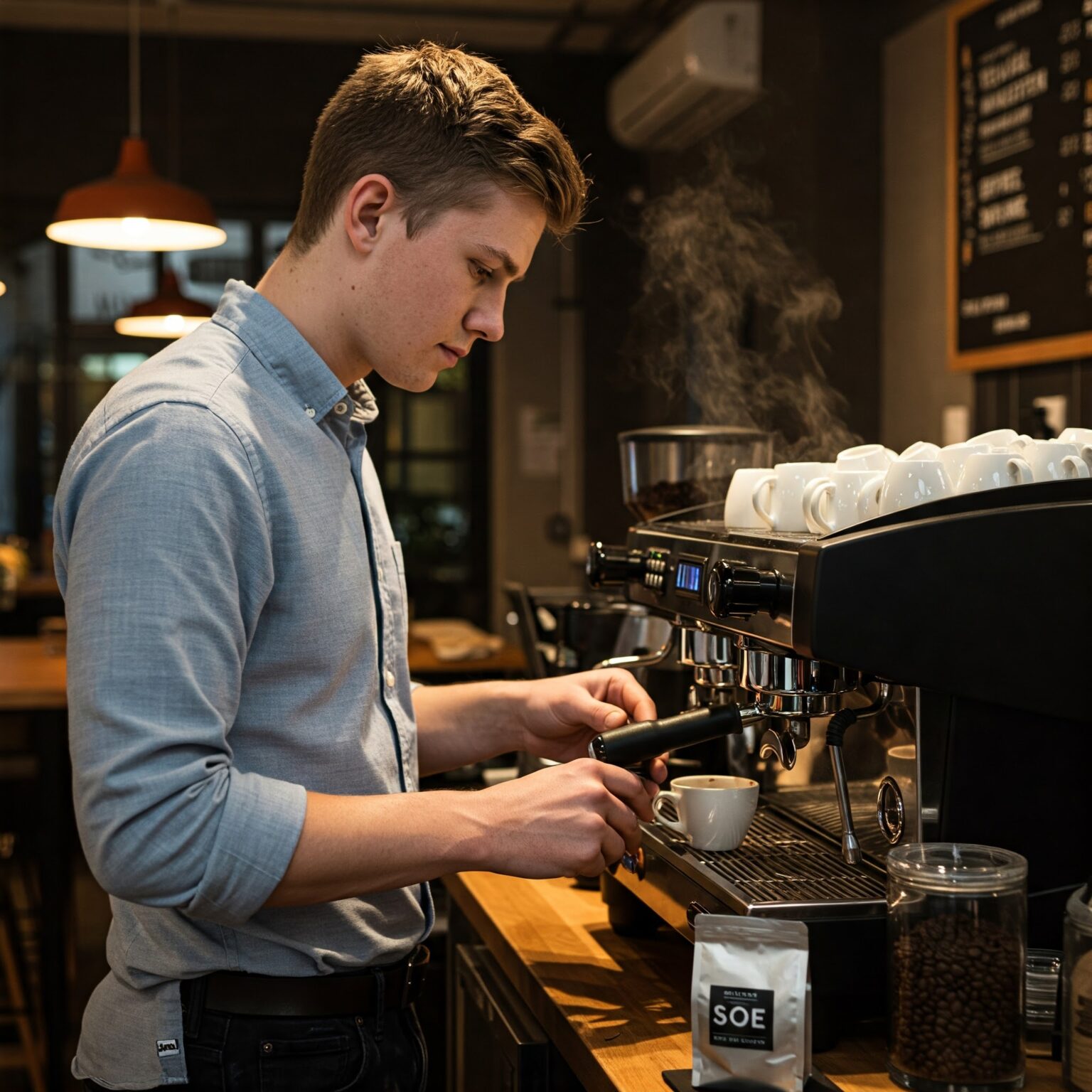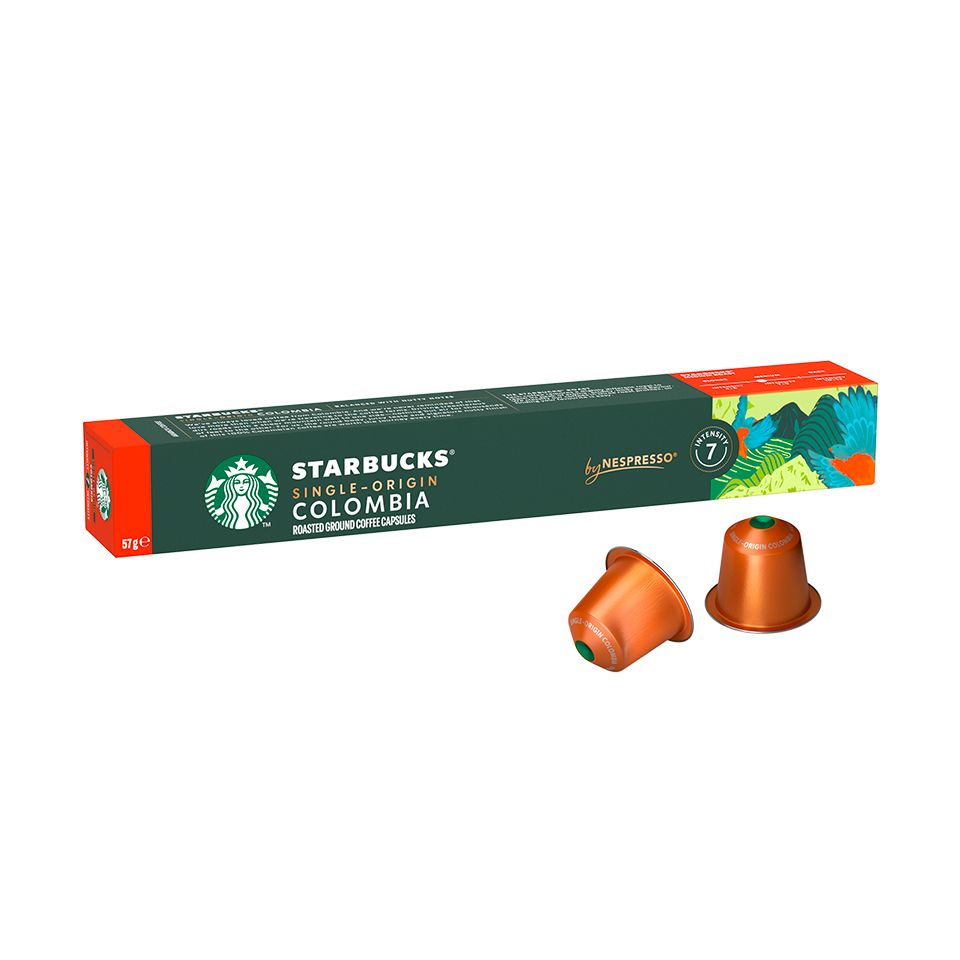Savor the True Quality with Freshly Roasted SOE Single Origin Espresso
Wiki Article
Coffee Beans 101: Every Little Thing You Required to Learn About Espresso and Blended Coffee Beans
When it involves coffee, comprehending the subtleties of espresso and mixed beans can change your daily cup. You'll find the distinctive features of Arabica and Robusta beans, and just how each impacts flavor and high levels of caffeine web content. From the growing process to roasting techniques, every step contributes in your coffee experience. What makes the perfect brew? Let's explore the necessary components that add to an extraordinary mug of coffee.Understanding Coffee Beans: Kinds and Varieties
When diving right into the world of coffee, understanding the types and selections of coffee beans is essential for every single lover. You'll primarily come across 2 main species: Arabica and Robusta. Arabica beans are understood for their smooth, complex flavors and reduced caffeine material, making them a favorite among coffee fanatics. On the other hand, Robusta beans load a strike with a stronger, more bitter taste and higher high levels of caffeine degrees, often made use of in espresso blends.Within these species, you'll locate numerous regional selections, each bringing special qualities. As an example, Ethiopian Yirgacheffe uses brilliant floral notes, while Colombian beans supply a healthy taste account. As you discover, remember to focus on processing methods like washed or all-natural, as they can significantly affect the last preference. By acquainting on your own with these beans and their flavors, you'll boost your coffee experience and make even more educated choices in your brewing journey.
The Growing Process: From Seed to Bean
When you explore the journey of coffee, everything starts with seed choice methods that set the structure for top quality. From there, cultivation and harvesting play essential roles in ensuring the beans thrive. Processing approaches change those harvested cherries into the coffee beans you enjoy.Seed Choice Techniques
Picking the right seeds is crucial for creating premium coffee beans, as it lays the foundation for the entire growing procedure. You need to start by choosing seeds from credible resources that focus on quality and hereditary variety. Search for selections understood to grow in your specific environment and dirt problems. Take notice of the seed's age and storage conditions, as fresh seeds have a tendency to germinate much better. When feasible, choose natural seeds to minimize exposure to harmful chemicals. Think about the disease resistance of various varieties, as this can greatly influence your yield. Finally, do not be reluctant to seek advice from with local farmers or professionals to gain insights right into the most effective seed alternatives for your area. This expertise will certainly enhance your coffee-growing experience.Farming and Harvesting
As you support your coffee seeds right into prospering plants, recognizing the growing and harvesting process is essential for achieving the finest flavor and top quality. Start by growing your seeds in well-draining soil, preferably in a shaded location to shield them from straight sunlight.When it comes time to harvest, look for ripe cherries, which generally transform a vibrant red. Hand-picking is typically the very best technique to guarantee just the ripest cherries are selected. Timing is necessary; collecting prematurely or also late can influence the flavor account of your beans. Welcome patience and care, as this is where high quality begins.

Processing Techniques Described
Once you've gathered your coffee cherries, the following important step is processing them to change those vibrant fruits right into the beans you'll brew. There are two main approaches: the damp procedure and the dry procedure. In the completely dry process, you spread out the cherries out in the sunlight to completely dry, permitting the fruit to ferment and impart special flavors to the beans. On the other hand, the wet procedure includes eliminating the fruit immediately and fermenting the beans in water, leading to a cleaner preference. After handling, the beans are hulled, arranged, and generally dried out once more. Each technique affects the flavor account, so exploring with both can help you uncover your preferred brew. Understanding these techniques is crucial to enjoying your coffee experience.Roasting Strategies: How Taste Is Established
When it comes to toasting coffee beans, recognizing roast degrees is essential to revealing their distinct flavors. Each roasting strategy effects the aroma and improves the flavor growth process, giving you a richer coffee experience. Let's discover just how these factors collaborated to raise your daily brew.Roast Levels Explained
Roast levels play a vital duty fit the taste account of your coffee. When you select a light roast, you'll appreciate intense acidity and fruity notes. As you transfer to a tool roast, you'll see a balance of sweet taste and complexity, often highlighting delicious chocolate or caramel tastes. Dark roasts, on the various other hand, provide bold, great smoky attributes with much less level of acidity, making them robust and rich. Each level results from different roasting times and temperatures, impacting Single Origin Espresso the beans' chemical structure. By recognizing these degrees, you can better choose a coffee that matches your preference preferences. Trying out various roasts to uncover which one resonates with you, boosting your general coffee experience and pleasure.Influence On Aroma
The roast level not just influences the taste of your coffee however also considerably influences its aroma. When you pick a light roast, you'll typically discover bright, floral notes that can make your coffee odor fresh and dynamic. As the beans darken, the scent changes; a tool roast highlights more balanced, caramelized scents, while a dark roast tends to include vibrant, great smoky undertones. Each toasting method launches different unpredictable substances, shaping how your coffee smells. In addition, the freshness of the beans plays an essential role; freshly roasted coffee releases extra fragrant oils, boosting that tempting aroma. So, take note of the roast degree-- it's essential to disclosing the full aromatic experience of your brew.Flavor Advancement Process
As you discover the taste development process, you'll find that toasting techniques play an essential role fit the preference profile of your coffee. The toasting temperature and time straight influence the level of acidity, sweetness, and anger of the beans. Light roasts maintain even more of the bean's original flavors, highlighting flower and fruity notes. Tool roasts equilibrium acidity and body, using an all-round taste. Dark roasts, on the various other hand, highlight strong, great smoky features while reducing the bean's integral high qualities. Throughout roasting, chain reactions, like the Maillard response and caramelization, transform the beans and boost their intricacy. Explore various roasting degrees can aid you find your excellent brew, so don't be reluctant to taste and discover the abundant spectrum of tastes!Espresso vs. Blended Coffee: Secret Differences
Espresso and combined coffee each offer special experiences that deal with various tastes and preferences. Espresso is a concentrated coffee brewed by compeling warm water with finely-ground coffee beans, leading to a rich, bold taste and a velvety layer of crema ahead. It's often enjoyed as a shot or utilized as a base for beverages like cappucinos and cappuccinos.On the other hand, mixed coffee integrates numerous beans from various regions, producing an extra balanced taste account. You'll usually discover blends that highlight acidity, body, or sweetness, making them flexible for different developing techniques. While espresso focuses on strength, combined coffee may supply a more comprehensive variety of tastes that can alter with each sip.
Eventually, your choice in between coffee and mixed coffee come down to your individual preference. Whether you long for a leisurely mug or a fast shock, both alternatives have something scrumptious to provide.

Brewing Approaches: Unlocking the Perfect Cup
When it concerns brewing coffee, finding the right technique can transform your experience and raise your mug. Each brewing technique has its unique appeal and can greatly impact your coffee's taste and scent. As an example, utilizing a French press allows you to appreciate a rich and full-bodied brew, while a pour-over method supplies a tidy, brilliant cup with unique flavors.If you choose espresso, purchasing a top quality equipment can help you grasp the art of drawing shots. Alternatively, for ease, a single-serve hull system uses rate without compromising preference.
Do not forget cool mixture, which delivers a smooth, much less acidic coffee perfect for warm days. Explore various techniques to uncover what resonates with your taste buds. Each brewing technique opens a brand-new world of possibilities, so make the effort to check out and locate your perfect mug. Delighted brewing!
Tasting Notes: Recognizing Taste Profiles
Just how can you genuinely appreciate your coffee if you do not understand what flavors to look for? Sampling notes are your overview to comprehending the complex world of coffee. Pay focus to the preliminary tastes that hit your taste when you sip. You may spot fruity notes, like berry or citrus, or possibly a nutty undertone. As you continue to taste, discover just how the tastes progress-- this is recognized as the "coating." Some coffees may leave a chocolatey or caramel aftertaste, while others might have a brilliant, clean finish.Think about the body of the coffee, also; is it light and ventilated or thick and syrupy? Do not forget acidity; a brilliant acidity can include liveliness, while a low acidity might offer a smoother experience. By identifying these taste profiles, you'll deepen your link with each mug, making coffee sampling a delightful journey of discovery.

Tips for Picking and Storing Coffee Beans
Keeping and picking coffee beans properly can considerably improve your brewing experience. Begin by picking top quality beans that fit your preference. Look for quality; beans roasted within the last two weeks are optimal. Check the roast day on the product packaging, and purchase from reliable roasters or neighborhood stores.As soon as you have your beans, store them in an airtight container to avoid direct exposure to light, wetness, and air. A dark, great place works best, so stay clear of keeping them in the refrigerator or freezer, as this can introduce moisture. Just grind the amount you require to maintain quality; entire beans preserve flavor longer than pre-ground coffee.
Last but not least, try to use your beans within two to four weeks after opening up for peak preference. Adhering to these tips will certainly assure your coffee stays delicious and enjoyable, boosting your day-to-day brew to brand-new heights.
Frequently Asked Concerns
How Lengthy Do Coffee Beans Remain Fresh After Toasting?
Coffee beans stay fresh for concerning 2 weeks after toasting - SOE. You must save them in an airtight container, away from light and dampness. After that, their taste and aroma begin to decrease substantially
Can I Mix Different Coffee Bean Varieties?
Absolutely, you can mix different coffee bean varieties! Trying out blends can enhance tastes and develop an unique preference profile. Just make certain to stabilize the toughness and qualities of each selection for the very best results.What Is the Suitable Grind Dimension for Espresso?
For espresso, you'll desire a fine grind dimension, concerning the structure of salt. This enables suitable removal, leading to an abundant, flavorful shot. Experiment a bit to find what matches your taste best!Just How Does Elevation Affect Coffee Bean Taste?
Altitude influences coffee bean flavor by influencing the growth rate and chemical make-up. Greater altitudes bring about slower growth, which boosts level of acidity and complexity, giving your coffee a distinct and vivid preference you will not neglect.Exist Decaffeinated Variations of Coffee Beans?
Yes, there are decaffeinated versions of espresso beans. You can enjoy a rich coffee taste without the high levels of caffeine kick. Just try to find "decaf" blends at your regional coffeehouse or specialty store.Coffee Beans 101: Every Little Thing You Need to Know Concerning Coffee and Blended Coffee Beans.
When diving into the world of coffee, recognizing the kinds and selections of coffee beans is important for every enthusiast.When it comes to toasting coffee beans, comprehending roast degrees is essential to revealing their distinct flavors. Coffee is a focused coffee brewed by forcing hot water through finely-ground coffee beans, resulting in an abundant, vibrant flavor and a creamy layer of crema on top.On the various other hand, mixed coffee integrates different beans from different regions, developing a much more well balanced flavor profile.
Report this wiki page